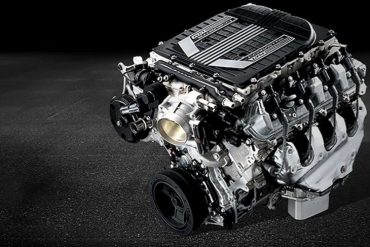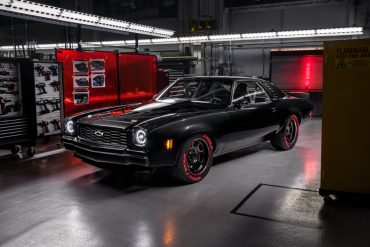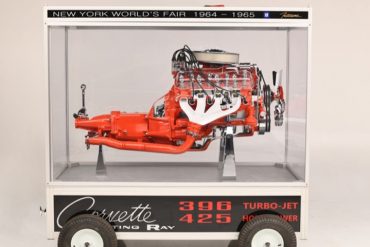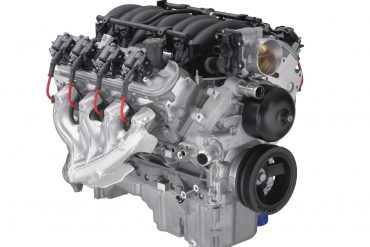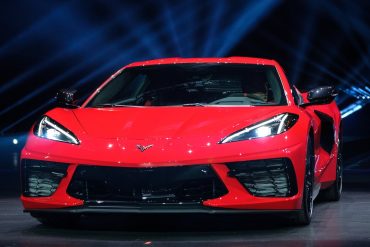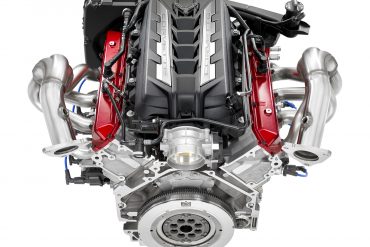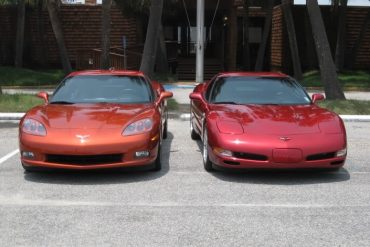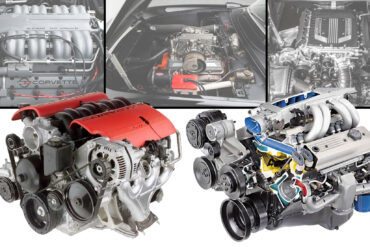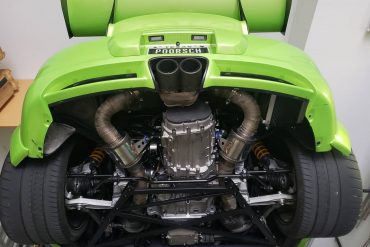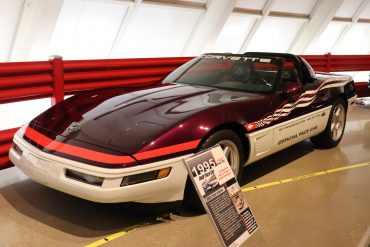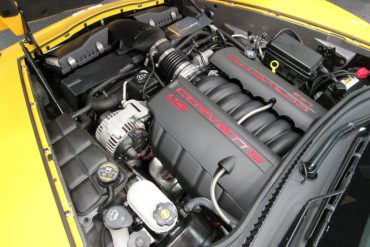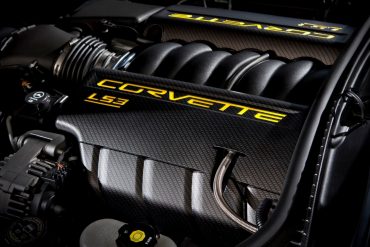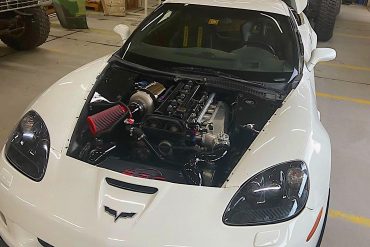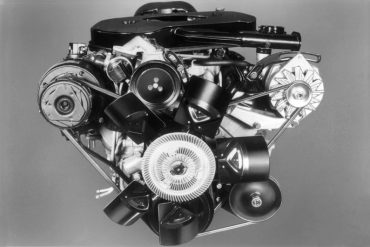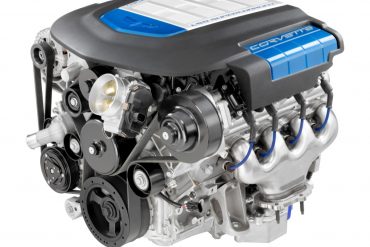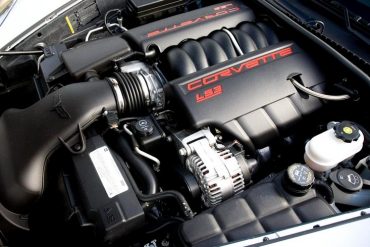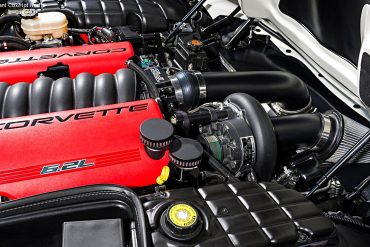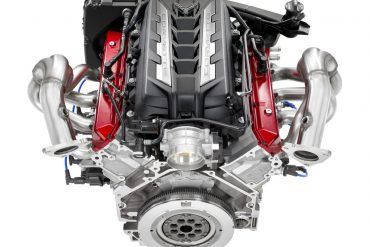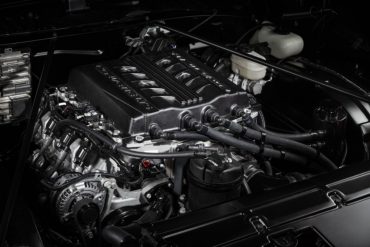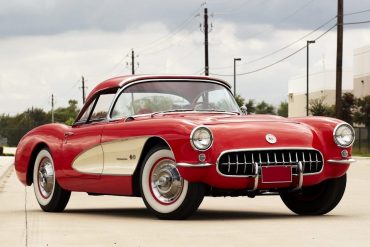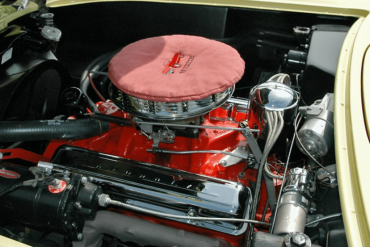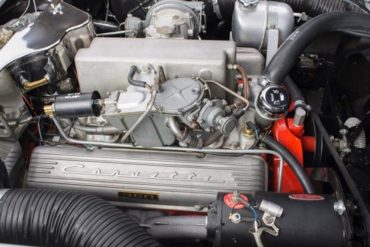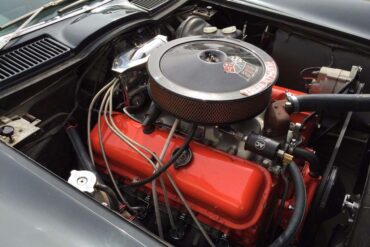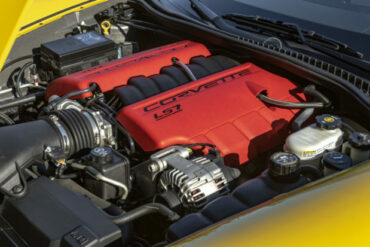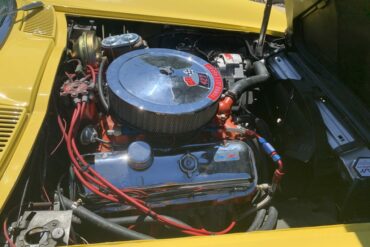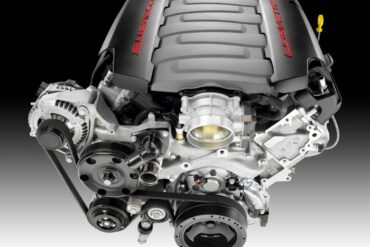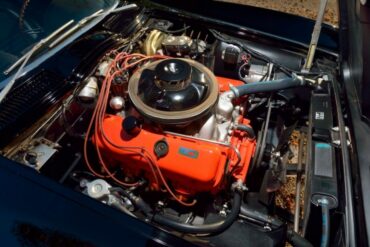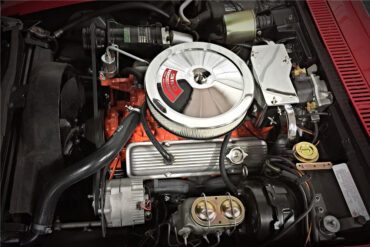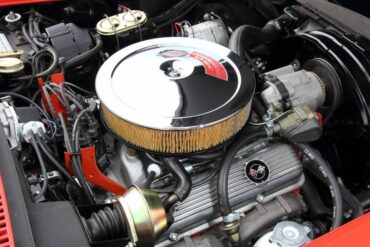The LT4 engine has always been synonymous with high-performance. Introduced by General Motors in 1996, the LT4 was specifically designed as a more powerful variant to the next-generation LT1 engine previously introduced by GM in 1992. The LT4 small-block is a modern marvel, packing 600+ horsepower into a compact and affordable package.
The C7 Corvette Cold Air Intake System – More Air Equals More Power! Chevrolet Performance has engineered an all-new Cold Air...
The Massive Powerplant Behind the New ZR1 Is About To Be Available as a Crate Engine! Chevrolet has always produced...
Original 1964-65 World Fair Mark IV Cutaway Engine to Sell At Auction In January, 2019! Ask just about any automotive...
The LS1 is the spiritual successor to the “small block V8” that GM uses in rear-wheel-drive cars, trucks, and vans. It was introduced in 1995 as the “GEN III” engine and it only shared rod bearings, lifters, and bore spacing with its predecessors (which was in production 1955 until 2003). Little did GM expect for the LS1 has become a legend.
Chevrolet Carried Over a Single Part from the C7 When Designing the C8 Corvette When Chevrolet announced that the 2020...
The Best Small Block There are many things to love about the 2020 Corvette Stingray. The car cannot be discussed,...
The Complete History of GM’s LS Small-Block V8 Engines and the Corvettes They Power Since their introduction in the late...
The Best Engines Chevy Has Dared to Stuff Under the Hood of a Corvette Over the Decades Behind every iconic...
Check out this LS Powered Porsche Cayman! The Debate Is Over – How Do You Make A Porsche Faster? Stick...
Throughout the years, GM has produced nearly as many iconic engines, as the Corvettes that they have placed them in....
Throughout the years, there have been a number of legendary powerplants to call the Corvette’s engine bay home. Of these,...
Corvette Engine Wallpaper Collection We have curated the ultimate collection of the best Corvette Engine Wallpapers and HD backgrounds for...
There have been some interesting project cars out there. There have been some Corvette engines shoved into things as small...
Offered for only two years (1982, 1984), the L83 featured GM’s newly designed Cross-Fire Fuel Injection system and is often referred to by critics as being one of the most unworthy engines to ever find its way under the Corvette’s hood. However, this begs the question of whether or not the L83 was truly deserving of this mockery.
Most would agree that the Corvette’s no holds barred approach to performance excellence is high up on the list of...
Upon the LS3’s release in 2007, this trend toward continual technological advancement was clearly evident. As the new power plant for the standard 2008 Corvette, the LS3 provided consumers with exactly what they had been craving, unsurpassed performance. With every reiteration, the LS small-block has become more powerful, efficient, and robust.
The LS6, which served as the motivating force behind the 2001-2004 Corvette Z06, bested the prior LS1 in virtually every facet of performance and proved formidable, both on the track and street. Perhaps more importantly, this engine provided a glimpse into the LS platform’s future, and its ability to constantly evolve.
With the C8’s transition to a mid-engine format already greenlighted, GM’s engineering department got down to the business of coming up with an equally groundbreaking engine to power the Corvette’s incoming eighth iteration. The LT2, in its current state, is nothing short of immensely powerful, with 495 HP at 6450 RPM, and 470 lb-ft of torque at 5150 RPM.
At the heart of the ZR1 Corvette resides the supercharged 6.2L LT5. GM’s engineering department was also tasked with producing the ZR1’s engine, which would have to perform at a higher level than that of the Z06’s supercharged LT4 small-block. The 755 HP supercharged LT5 would elevate the Corvette’s performance to a level never before achieved.
Though the 283 cubic-inch V8 seldom receives its share of attention in a world dominated by LS and LT series engines, this early Chevrolet small-block was ahead of its time. The 283ci showcased a plethora of new and innovative tech, and highlighted the engineering prowess of legendary Corvette luminary, Zora-Arkus Duntov.
Following only two years of production, the Corvette's future appeared bleak, as talk began to circulate about discontinuing the line in its entirety. However, the well-timed advent of Chevrolet’s newest powerplant would soon rescue the Corvette from almost certain demise.
As efforts turned toward bringing the C2 Corvette to market, GM’s engineering staff envisioned a larger, more robust addition to their already popular Turbo-Fire V8 lineup. This engine would make its debut under the hood of the 1962 Corvette, further bolstering the line’s power and performance-related attributes.
For more than a decade after the Corvette's initial release it had small-block power. In fact, the 265 cubic-inch V8’s 1955 introduction was largely responsible for the Corvette’s validation as a sporty, performance-minded vehicle. However, by the mid-1960s, those behind the scenes at Chevrolet had begun developing a new powerplant. This engine would become the first big-block V8 to be used in Corvette production.
In the midst of the Z06’s development, engineers knew that something truly remarkable would be needed to best the base Corvette’s 400 horsepower LS2. In its production form, this new small-block V8 came to be known as the LS7. The LS7 was nothing short of all-powerful, featuring a displacement of 427 cubic inches and an output of 505 horsepower.
Upon its 1953 release, America’s sports car mustered only 150 HP, yet in 1966, the newly evolved Corvette nearly tripled this level of output. It was in 1966 that the Corvette was offered with not one, but two different variants of the robust 427 cubic-inch (7.0L) V8. In its most potent form (L72), the 427 officially produced 425 HP. However, most believe this value to be grossly understated.
It seems as if many of the engine-related advancements found in standard General Motors’ vehicles, first came to prominence when implemented in Corvette production, a decade or more prior. One such engine, which could easily be considered revolutionary, is the 2014 6.2-liter LT1. This fearsome powerplant was as sophisticated as it was powerful.
No list of formidable Corvette engines would be complete without including the 1967 L88. The L88 was a fire-breathing variant of GM’s 427 cubic-inch big-block lineup, which served as nothing short of a production race engine. Officially rated at 430 HP, the L88 was capable of propelling its C2 host to previously unattainable performance status. The L88 was nothing, if not a loosely veiled production race engine.
The 350ci V8 was actually a further extension of GM’s decade-old small-block engine series. In a bid to further cement the Corvette’s performance legacy, subsequent modifications to these earlier engines were made, thereby giving birth to one illustrious platform. It would serve as a mainstay of the Corvette line for over three decades to come.
The LT-1 served as a revised version of GM’s famed 350 cubic-inch platform, and is often heralded as one of the manufacturer’s most beloved small-block powerplants. Though quite legendary in status, the LT-1 was rather obscure and short-lived during its production run, only produced for three years (1970-1972).


